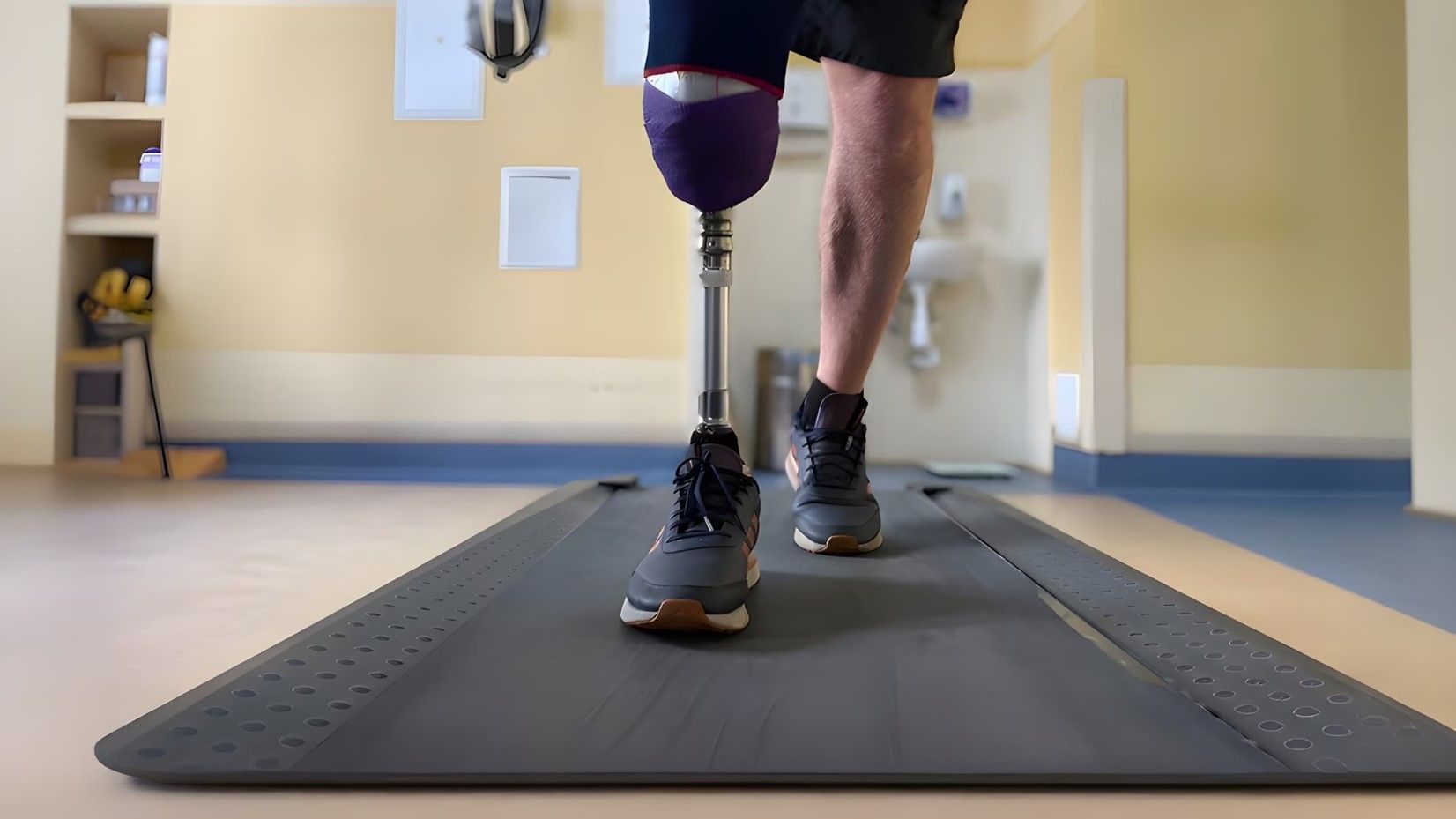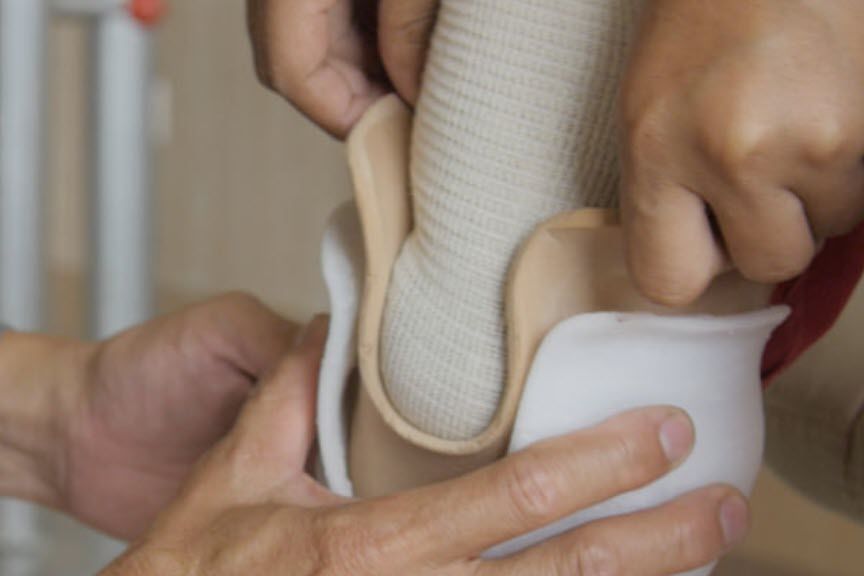3D Printing Can Revolutionise The Medical Profession, Reports The Guardian
The Guardian’s Amy Fallon features Nia Technologies in her report on September 29, 2016 about groundbreaking 3D printing and scanning techniques that are improving access to fully customisable artificial limbs. Below is an excerpt of the article. You can read the full story here.
Before the vehicle that she was travelling in flipped over and trapped her right leg, Leakhena Laing was a happy teenager who enjoyed climbing trees and playing football with friends. After her limb was amputated, she could only sit and watch.
“It was difficult to even get a glass of water. I felt hopeless, very sad and embarrassed to be around other people,” says Laing, who was forced to abandon school after the accident nearly four years ago.
She used crutches for two years, before receiving a below-knee (transtibial) prosthetic plaster limb, which improved the quality of her life, although it meant regular visits to a clinic in Phnom Penh, Cambodia’s capital, nearly 30 miles away from her home in Borset district, for refittings.
Today, aged 18, Laing’s part of a ground-breaking trial by the Canadian non-profit social enterprise Nia Technologies, aiming to produce high quality mobility devices for children and young people more quickly than the conventionally produced plaster cast method – using a 3D printer and other 3D technology.




